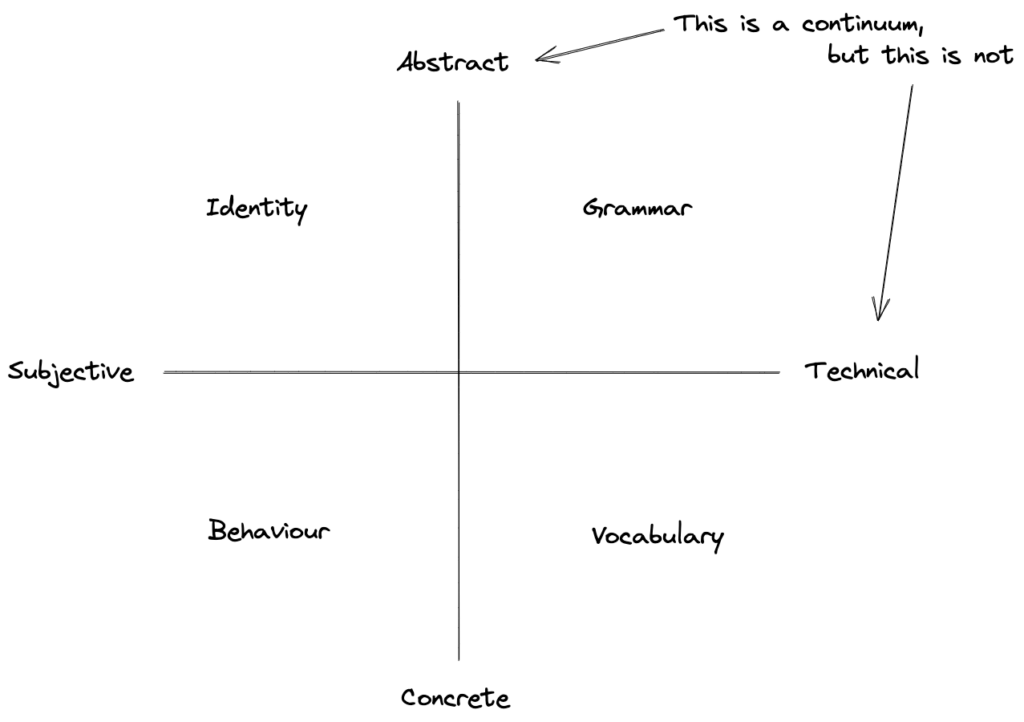Something I feel to be very true for myself is that reading sits at a very marginal distance from writing.
What I think I mean by that is this: taking in sensory inputs (e.g. reading off a page) produces responses (thoughts, sensations, etc.), which is basically writing without going to the step of recording those things.
One way to direct that sprint is to feed my intuition with some sort of content to react to. It’s the same principle as a ‘reacts’ video on YouTube/TikTok/Instagram, except I’m reacting onto the page.
I made the point in the last post that a writing sprint is an opportunity to have a close experience of ideation. Setting up a prompt or comment to react to is also a good self-learning opportunity, since it might lead us to question what that prompt really means.
Here’s one I used yesterday:
The importance of semiotics for all disciplines that deal crucially with representation (among them epistemology, linguistics, anthropology, and cognitive science, and probably all the fine arts) is only beginning to be recognized.
Nathan Houser, foreword to The Essential Peirce, p. xxi
Prompts needn’t be text necessarily—they could be environments, future engagements, people, physical states (try sprinting down the street before you sprint on the page).
